
Why Data Activation is the Missing Piece to your Data Stack

The optimal data stack has undergone rapid transformation in the last few years. The rise of modern cloud data infrastructure has enabled companies to simplify their data stack, cut costs and gain new capabilities for their data – all in a matter of a few hours or days.
One of the relatively new ways of using data is to operationalize it (also referred to as data activation). This is the process by which your data is moved from your data warehouse back into your third-party business tools to make your data "operational" – that is, to put your data to work.
if you think about the way most businesses use data today, it goes something like this: the data is collected from a company's products or business tools, transformed and then pushed to a spreadsheet or BI tool for analysis. At most, this helps to inform business decisions.
Data operationalization adds a (crucial) dimension to data – it turns it from something that is used to understand a business into something that is used to drive business operations. In other words, the data gets activated by powering workflows in real-time, simplifying and improving the company's operations.
A real-life example of data activation
To illustrate this concept, let's take a concrete example and see how data activation can work.
Imagine you're a customer support agent at a fast-growing tech company. You deal with incoming support tickets in Intercom, your company's Helpdesk, and help resolve customer issues.
Now, because your company is growing rapidly, there is an increasingly high volume of tickets to resolve. Your manager has decided that tickets shouldn't be prioritized by chronological order (first in, first out), but by churn risk (i.e. the higher the churn risk, the higher the priority). This, she thinks, is a better way to prevent churn.
Churn risk, at your company, is calculated by looking at a mix of variables like product usage, latest invoice paid, number of support queries in the last 30 days and NPS score.
Without data activation, this looks something like this. A ticket comes in, you look up the company's product usage data in your PostgreSQL database, you then go to Stripe to fetch invoice data, Intercom to see the number of support queries and AskNicely for their most recent NPS score.
At best, you might have pre-calculated health score models in a BI tool or spreadsheet that makes this process slightly easier. All in all, though, this process can take anywhere between 30 seconds to 10 minutes – per customer. And the tickets are still piling up in your Intercom inbox, waiting to be resolved.
On top of that, without data activation this data only informs the decision-making process – meaning, you'll still have to go back to Intercom, and make an active decision on which support ticket to tackle first.
With data activation, the process is completely different. The health score model is pre-built and lives in your data warehouse, which is where all your customer data is centralized. It gets synced directly to Intercom and refreshes every minute. Support tickets are then automatically prioritized on that metric in Intercom, without you ever having to lift a finger.
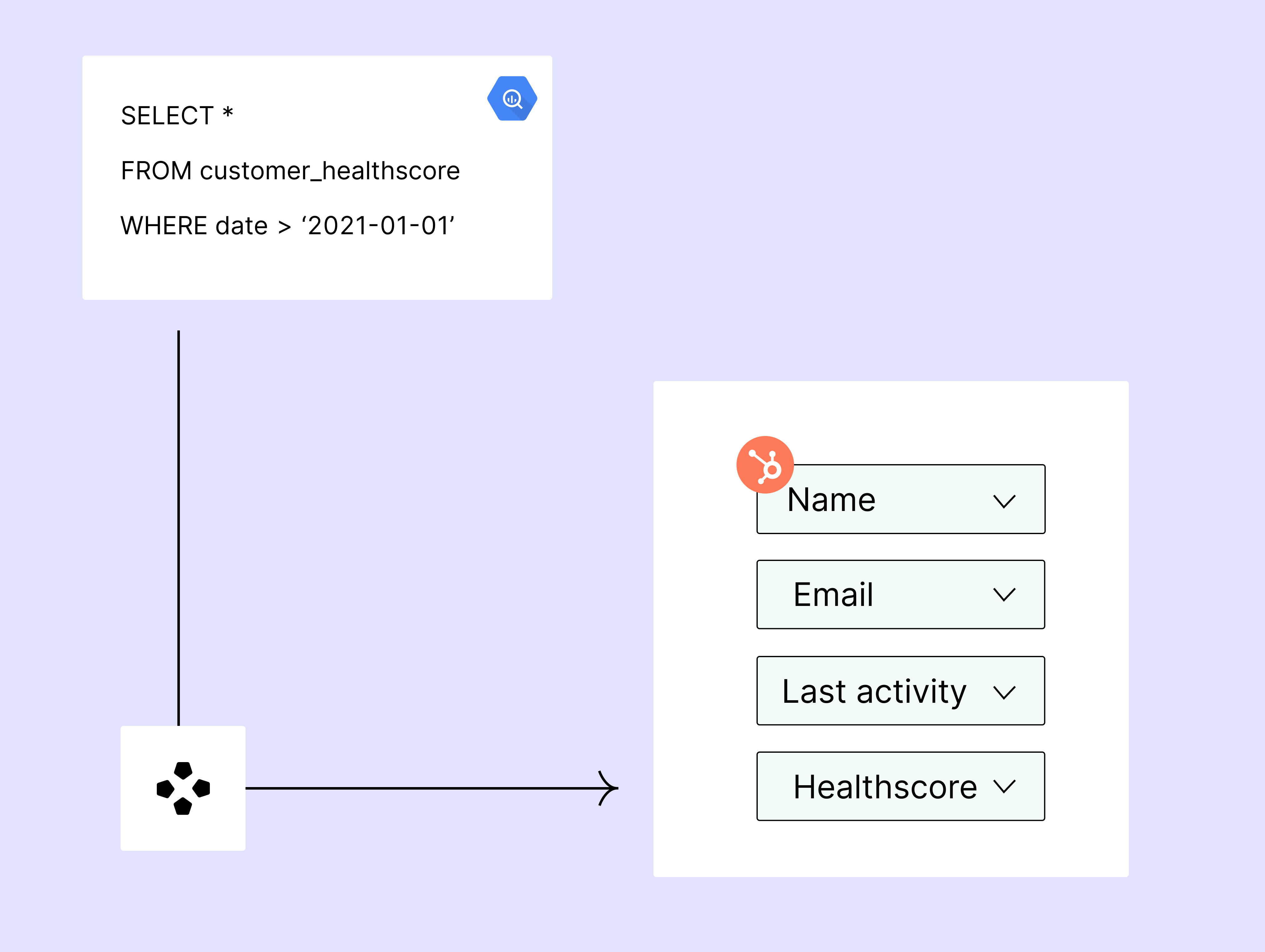
You can see that data activation completely changes the use of data by turning insights into action, automatically. Therein lies the real power of data activation.
Why you should implement Data Activation
1. Boost your productivity
As explained above, operationalizing your data inevitably leads to a boost in productivity.
Without activated data to power workflows, teams often spend a good amount of their time sifting through piles of data to inform their decisions (like our CS rep in the example above).
When the data gets activated from the warehouse and into the tools your teams use every day, this tedious, manual task gets eliminated – giving your people more time to focus on the tasks that actually matter.
This makes everyone more productive, and eventually leads to a higher impact on your company's bottom line.
2. Improve your customer experience
Data activation is also a valuable way to improve your customer experience. This is because it gives your teams more time to focus on value-adding activities.
For instance, with activated data, an account manager might get notified in real-time directly in Hubspot, their CRM, when a user misses an onboarding step. They can then jump on the case quickly and help this customer with whatever issue they are facing.
The alternative would have been to wait until the customer reaches out, which is a much worse customer experience.
Data activation thus improves the overall customer satisfaction, and in turn helps to reduce churn.
3. Break down your data silos
Most companies that don't have data activation implemented experience a similar problem: data is silo'ed.
Data silos are a huge problem, and without data activation, they simply won't go away – this is a challenge across all industries.
Data activation helps to solve that problem by easily allowing companies to share their insights derived in the data warehouse across all teams in the organization.
This means that instead of having each team come up with their own definitions (Lifetime Value, Health score, Active User, etc.), these metrics are defined only once in the data warehouse and shared across the tools used by all teams in the organization.
This breaks down all data silos and helps to get the entire organization on the same page.
How Data Activation works
We recently wrote about the rise of the modern data stack and what it takes to build one. The last piece of this new standard is data activation.
Before diving into the nitty-gritty, it's important to make one point. Whereas the traditional way of building a data stack was based on the point-to-point architecture (each individual app or software is connected to every other point it needs to share information with), the modern way is based on a hub-and-spoke model (one central hub connects to all the spokes).
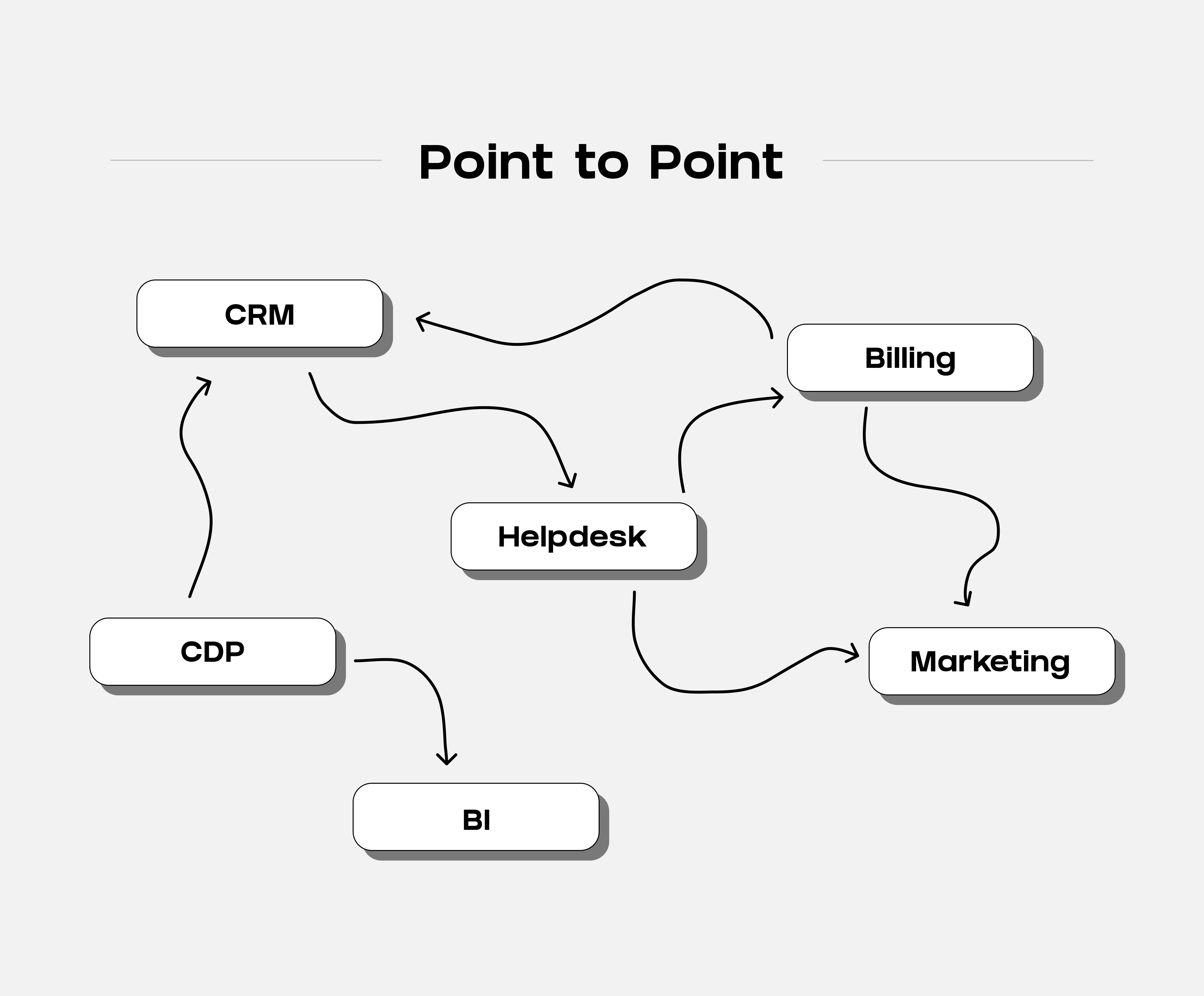
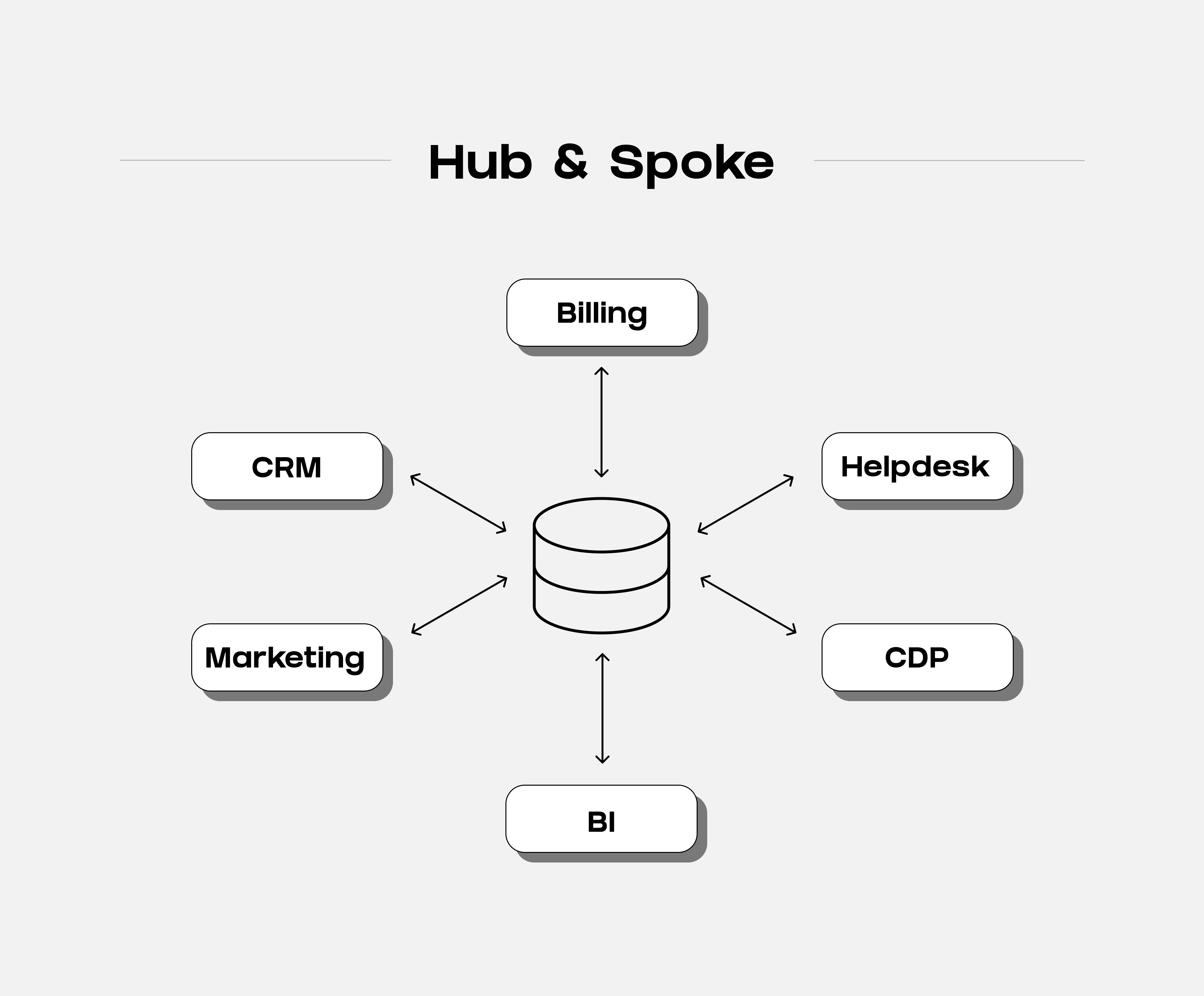
The cloud data warehouse (like BigQuery or Snowflake) is the "hub", and the "spokes" are the places that data comes from and goes to (like your production database, your CRM & Helpdesk, your BI tool, etc.).
The spokes are bi-directional – going from the third-party systems and to the data warehouse is a process called ELT. Going from the data warehouse and to the third-party systems is the data activation, a process whose technical name is Reverse-ELT.
Modern data stacks have 5 main functions – data transformation, data storage, data modelling, data visualization and data activation.
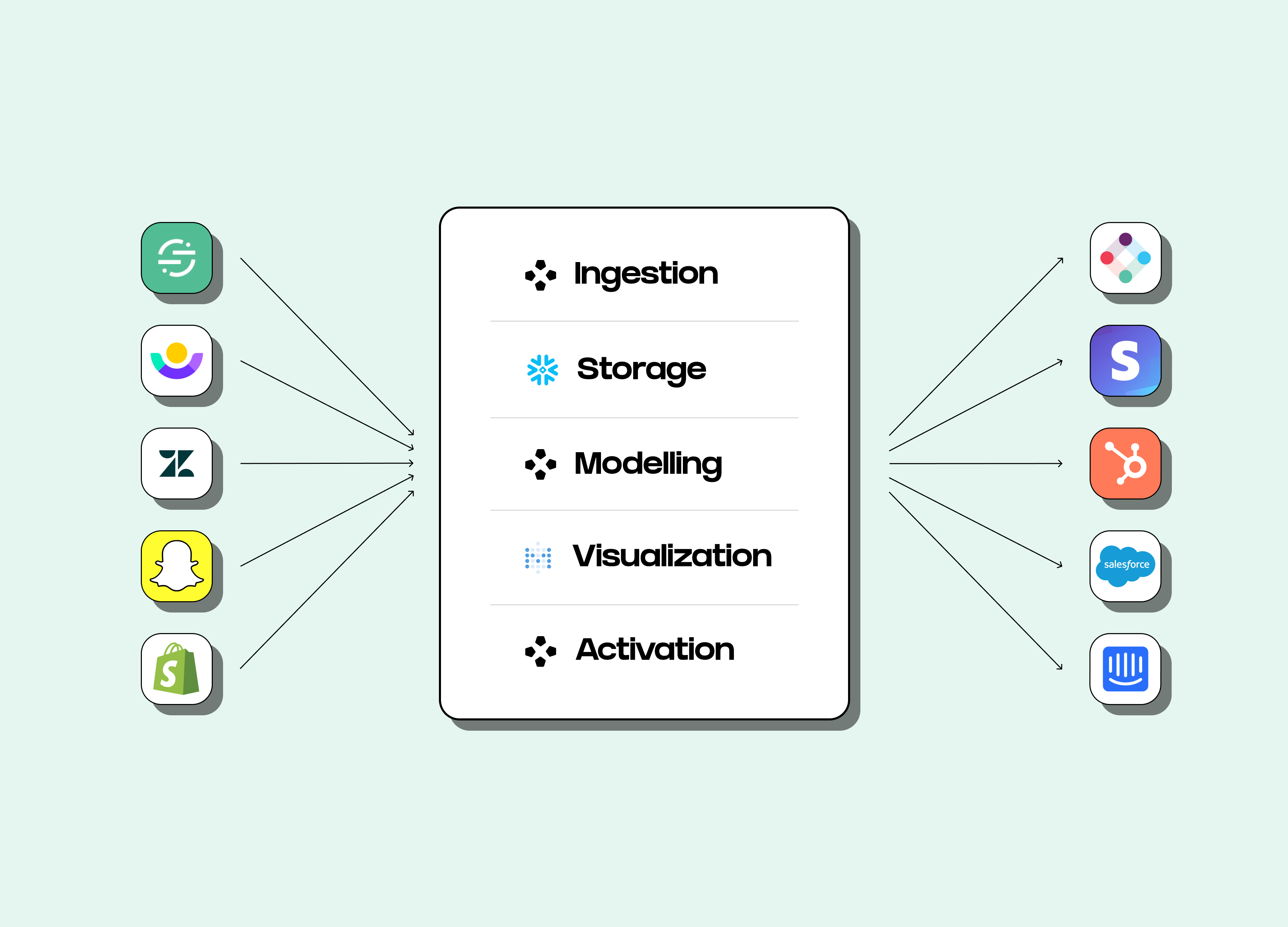
Once you've streamed data into your warehouse and modelled it, the last piece of the puzzle is to activate it.
This is done by implementing a reverse-ELT tool (like Weld 👋), which sits on top of your data warehouse. It takes your pre-built data models and syncs them to any tool you want.
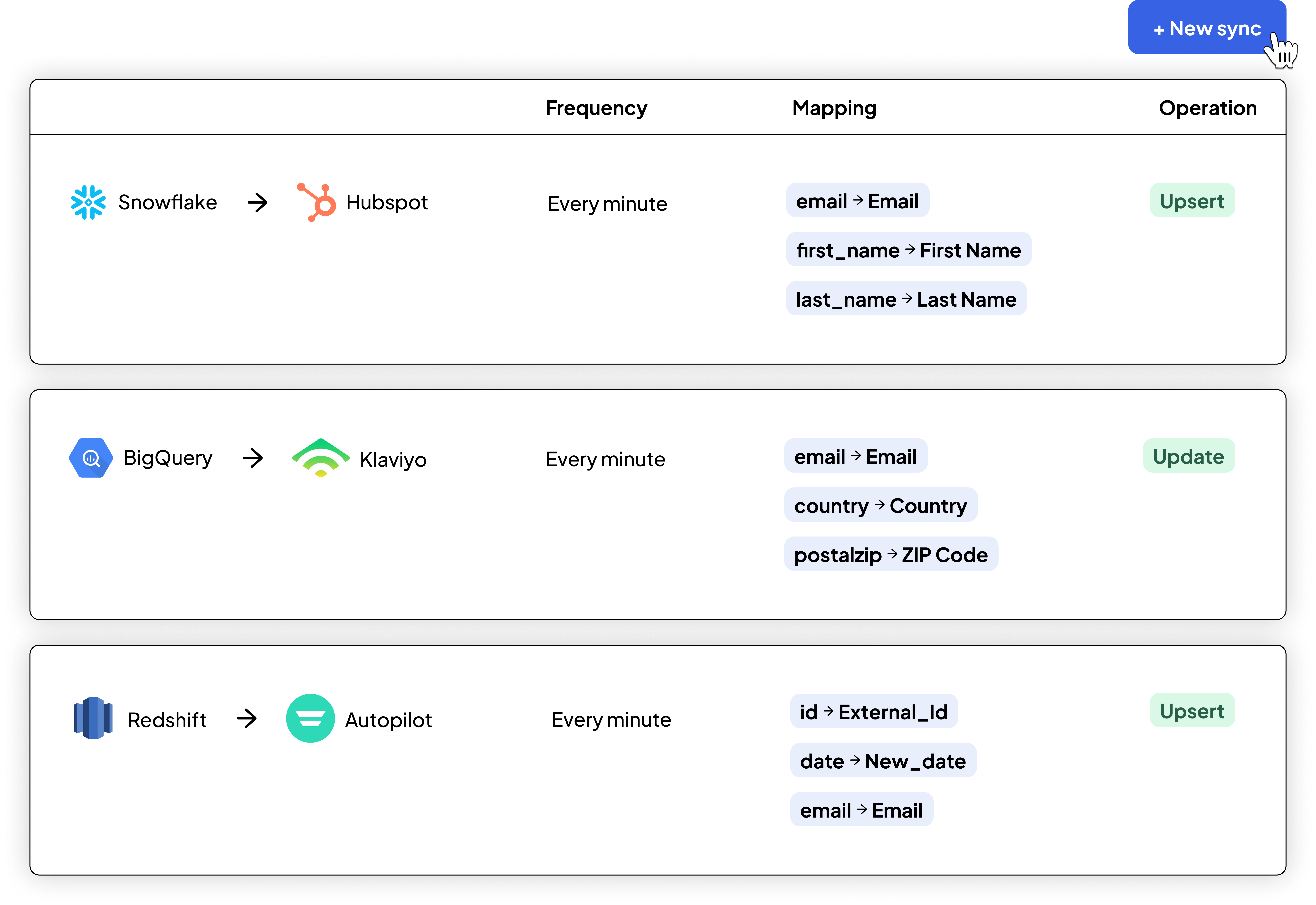
You can then choose your custom mapping (i.e. the values on which you match the data in your warehouse with the objects in your business tool) and the frequency at which you want it to sync.
For instance, you might want to choose to sync a Customer Acquisition Cost model from your Snowflake data warehouse to Hubspot. You'll map these values on email, first name and last name, and have it sync every minute. Voilà! Your data activation is running.
It really is that simple. There's no custom code or scripts required. The only part of this process that requires some technical knowledge is the data modelling, which is based on SQL (but luckily for you, we have an in-house team of seasoned data analysts that can help you build your models). Modern reverse-ELT tools are easy to set up, affordable and can sync data up to every minute, so your apps are always showing the most up-to-date customer information.
Data activation use cases
To give you an idea of what implementing data activation might look like for your business, here are a few practical examples of data activation at work in a sales, marketing and customer success team.
In Sales
A common benefit of using data activation in sales teams is the gained ability to build powerful workflows without ever leaving the CRM. For instance, a sales rep could decide to get notified in real-time when a customer completes an onboarding step. They could also set up an automated email sequence if a payment is missed in Stripe. Another example would be to set up lead routing to the right sales rep based on customers' feature usage.
In Marketing
Data activation in marketing can also take many forms. The main benefits that we've observed, though, involve the ability for this practice to enable hyper-personalization in marketing campaigns and outreach.
For instance, marketers could decide to include highly relevant customer data in their outreach that they wouldn't have been able to add without data activation, to increase email open rates. This can include data points such as abandoned shopping cart, friend invited to the product, latest paid invoice, etc.
Another added benefit is the possibility to sync data from your warehouse directly to Facebook's servers, improving the reliability of your tracking efforts. The best part of this is that it can be done with little knowledge of SQL, and no engineering resources.
In Customer Success
Customer Success teams have one goal in mind: to service their customers in the best way possible and ensure that they are satisfied with the product. Doing so at scale, when the customer count is growing, is a difficult task.
Data activation solves this in an important way by allowing Customer Success teams to easily sync data to their Helpdesk of choice (Intercom, Zendesk, etc.). For instance, syncing customer health score models in real-time with the Helpdesk can help to automatically prioritize incoming support tickets based on that metric, as opposed to chronologically, for instance.
This saves Customer Support agents a great amount of time, and allows them to spend more time making their customers happy, as opposed to sifting through piles of data to find the information they need to help them.
Activate your data today with Weld
If your business is looking for a way to activate its data, then book a demo with Weld today. Our platform has all of the tools you need to ramp up your data in a matter of hours.
Continue reading
.jpg&w=1200&q=75)
New Destination Alert: PostgreSQL
You can now effortlessly sync your data from over 150 sources directly into your PostgreSQL database. Get ready to supercharge your data management an

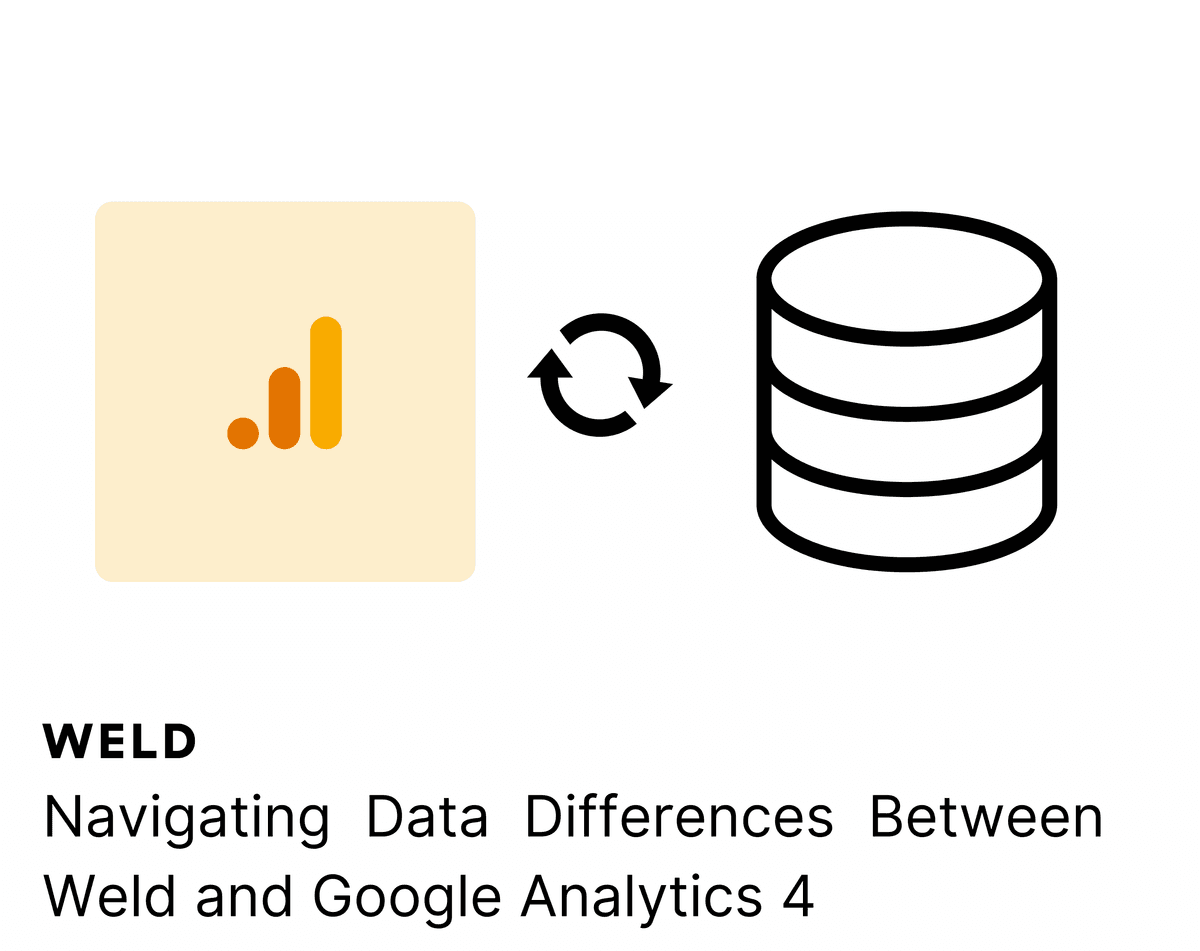
Navigating Data Differences Between Weld and Google Analytics 4
Navigating Data Differences Between Weld and Google Analytics 4. A look into the reasons behind the data discrepancies you might encoun

.png&w=1200&q=75)
New feature Alert: Sync History Insights Chart
Finding and sorting data sources, as well as seeing a historical overview of your syncs, is now easier than ever






